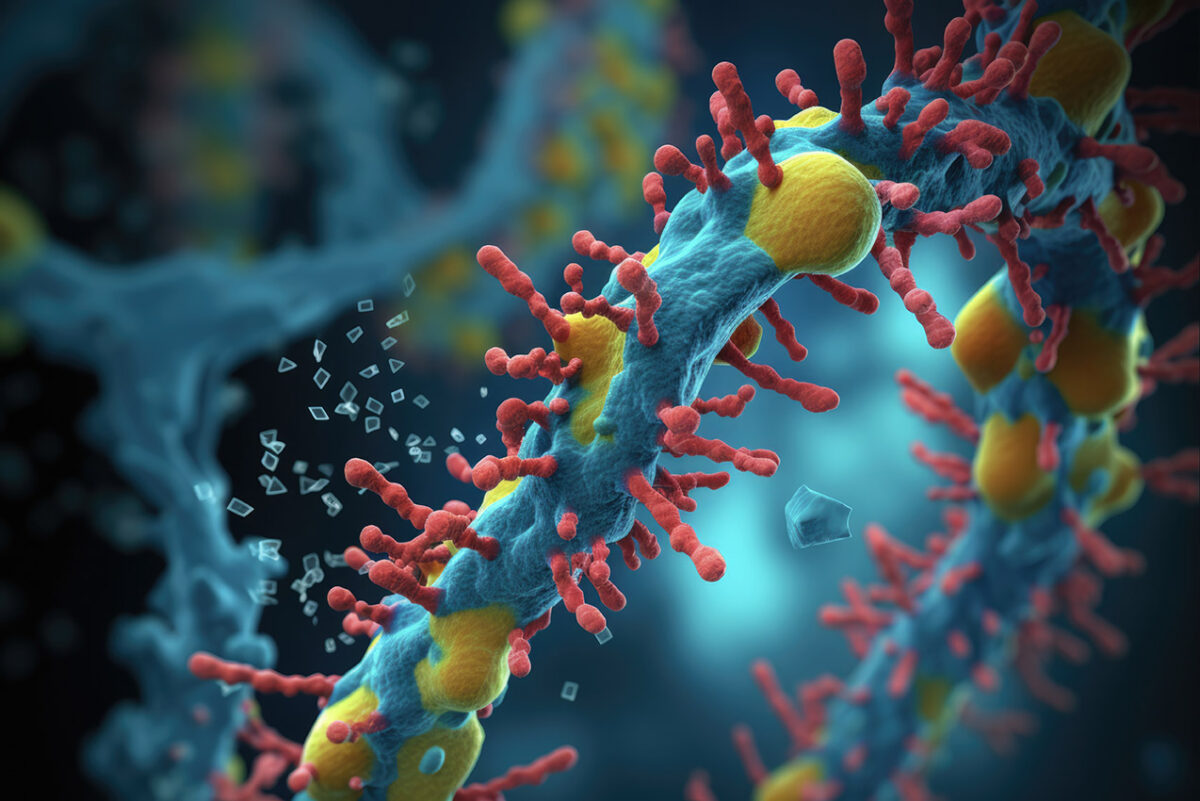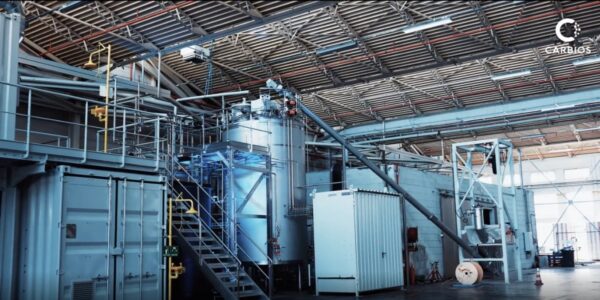Enzymatic Bio-Recycling: How Close Are We to Industrial Scale?

Some microorganisms can “eat” plastic by using it as a carbon and energy source. These tiny organisms could inspire the recycling methods of tomorrow.
Plastics are essential in modern life, but their accumulation threatens the environment and human health. Managing the vast amount of plastic waste is challenging and demands more efficient and cost-effective recycling methods. Researchers are still studying traditional recycling methods, such as mechanical and thermochemical ones. They have recently explored enzymatic and biological plastic recycling (bio-recycling). This promising molecular recycling technology targets plastics lacking an established recycling chain. This article highlights the trends shaping the future of enzymatic bio-recycling of plastics.
You can also read: Rethinking the System: We Need Molecular Recycling
Fundamentals of Bio-recycling of Plastics
The biodegradation of polymeric materials follows four main steps. First, abiotic (or biotic) processes cause the material to fragment macroscopically. Next, microorganisms colonize the plastic surface and form a biofilm, which increases pore size and promotes crack formation. In the third step, microorganisms secrete extracellular enzymes that break down the polymer chains in a process known as bio-fragmentation. Finally, microorganisms use the resulting molecules as carbon and energy sources in the mineralization step.
As a result, researchers should develop effective microorganism or enzyme formulations for plastic bio-recycling. They must also improve early-stage conditions. Bio-fragmentation should lead to complete depolymerization, yielding valuable monomers ready for repolymerization. Researchers have recently applied enzyme engineering to discover and efficiently produce enzymes that enable plastic bio-recycling.
Benefits of Enzymatic Bio-recycling
Bio-recycling, a type of molecular recycling, is a closed-loop process that recovers monomers ready to be repolymerized into new plastics. This method enables upcycling by transforming waste into higher-value products. In theory, bio-recycling allows for the infinite reuse of plastics, generating materials that are both 100% recycled and 100% recyclable. As a result, this approach offers major advantages over mechanical recycling. It also better supports the shift to a circular plastics economy.
Bio-recycling typically runs at mild temperatures, around 70°C, and does not require solvents. This makes it less energy-intensive and more environmentally friendly than other molecular recycling techniques such as chemical recycling. Unlike other methods, bio-recycling is less demanding in terms of waste sorting and can process colored and soiled plastics. Additionally, it can recover valuable feedstocks from plastic waste found in landfills or the environment, turning previously unrecoverable materials into useful resources.
Challenges of Enzymatic Bio-recycling
Enzymes are highly specific to chemical reactions, which means each type of polymer typically requires a specifically engineered enzyme. So far, known polymer-degrading enzymes can only break down a limited range of plastics —polyesters and polyamides. As a result, researchers still need to conduct significant work to discover or develop enzymes capable of biologically degrading most conventional plastics.
Enzymes react sensitively to temperature and pH. This makes it hard to improve their depolymerization activity without losing stability. Plastics are hydrophobic, chemically inert, and have low surface wettability, which makes microbial film formation a challenging step. Additionally, scaling up efficient enzyme production is complex, and setting up bio-recycling facilities requires significant investment. Moreover, concerns persist about the potential environmental risks associated with the release of engineered enzymes.
From Start-ups to Industrial Scale
Despite its promising potential, plastic bio-recycling technology is still in the pilot stages of development. In the past decade, research groups and start-ups have advanced in this field. However, technology still has not reached the market. The two start-ups closest to market entry are Carbios and Samsara Eco.
The French company Carbios began operations over a decade ago. It holds several global patents for enzymatic recycling and biodegradation technologies. The company has formed strategic partnerships with polymer producers like Indorama Venturers and leading brands like L’Oréal, These alliances strengthen its chances of entering the market soon. Since 2021, Carbios has run an industrial demonstration plant with a PET depolymerization reactor that processes two tons per batch. In October 2023, Carbios announced the construction of a commercial facility in Longlaville, France. The planned capacity is 50,000 tons per year, with operations expected to begin in 2026.
You can also read: Carbios Gets Green Light to Build a PET Bio-recycling Plant in France

Carbios PET enzymatic recycling industrial demonstration plant launched in September 2021. Courtesy of Carbios.
Samsara Eco, an Australian company, has developed an enzymatic recycling technology for polyesters. Its goal is to transform textile waste into new materials. Their technology can recycle hard-to-recycle plastics, contaminated plastics, mixed plastics, and plastics that have additives. In August 2024, Carbios partnered with NILIT, a global nylon leader, to create the first bio-recycling facility for nylon 6,6. Operations start in 2027. (After closing $100m raise, Samsara Eco eyes nylon recycling facility — Capital Brief).
Looking Ahead
Enzymatic bio-recycling complements plastic recycling technologies, providing a sustainable and circular solution for managing plastic waste effectively. Although several scientific and technical challenges stay, rapid progress in enzyme engineering and industrial-scale implementation signals a promising future. Ongoing investment in research, innovation, and infrastructure will help this technology enter the market before the decade ends.
